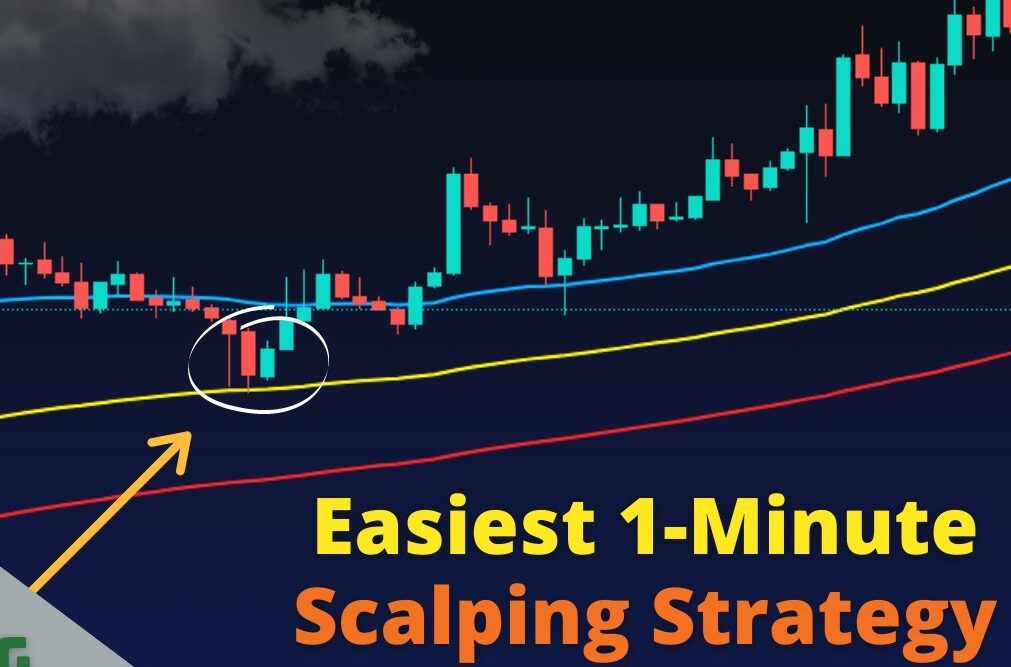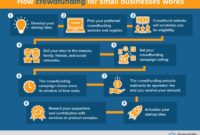Best Scalping Strategies – is a popular trading strategy in the Forex market, where traders aim to make quick profits from small price movements. This approach requires intense focus, a solid trading plan, and an understanding of market dynamics. In this article, we will explore the best scalping strategies in Forex, providing insights and practical tips to help you succeed in this fast-paced trading environment.
Table of Contents
ToggleWhat is Scalping?
Definition of Scalping
Scalping involves executing numerous trades throughout the day to capture small price changes. Traders, known as scalpers, typically hold positions for seconds to a few minutes. The goal is to accumulate profits from small price fluctuations rather than relying on long-term trends.
Characteristics of Scalping
- High Frequency: Scalpers place multiple trades each day.
- Small Profit Margins: Profits are often just a few pips per trade.
- Quick Decision-Making: Scalping requires rapid analysis and execution.
- Tight Spreads: Since scalpers aim for small profits, they need to minimize costs, making tight spreads essential.
Best Scalping Strategies in Forex
Momentum Scalping
Understanding Momentum Scalping
Momentum scalping focuses on capitalizing on strong price movements. Traders identify currency pairs exhibiting significant momentum, usually driven by news events or market sentiment. The idea is to enter a trade when momentum is strong and exit quickly before the momentum fades.
How to Implement Momentum Scalping
- Identify Strong Trends: Use tools like the Moving Average Convergence Divergence (MACD) or the Relative Strength Index (RSI) to spot momentum.
- Set Entry and Exit Points: Enter trades as soon as the momentum picks up. Set tight stop-loss orders to minimize risk.
- Time Your Trades: Ideal times for momentum trading are during major economic announcements when market volatility is high.
Range Trading
What is Range Trading?
Range trading involves identifying currency pairs that are trading within a specific price range. Scalpers buy at the lower end of the range and sell at the upper end, aiming to profit from price fluctuations.
Steps for Successful Range Trading
- Identify Key Support and Resistance Levels: Use historical data and chart patterns to find significant price levels.
- Use Oscillators: Tools like the Stochastic Oscillator can help determine when a currency pair is overbought or oversold.
- Execute Quick Trades: Buy near support and sell near resistance, keeping trades short and focused.
Breakout Scalping
Understanding Breakout Scalping
Breakout scalping focuses on entering trades when the price breaks through key support or resistance levels. This strategy aims to capture sharp price movements that often follow breakouts.
Implementing Breakout Scalping
- Identify Chart Patterns: Look for patterns like triangles or flags that indicate a potential breakout.
- Confirm with Volume: Ensure that the breakout is supported by increased trading volume, as this indicates stronger momentum.
- Set Stop-Loss Orders: Use stop-loss orders just below the breakout point to protect your investment.
News-Based Scalping
What is News-Based Scalping?
News-based scalping takes advantage of price volatility caused by economic news releases. Traders anticipate how news will impact currency prices and position themselves accordingly.
Strategies for News-Based Scalping
- Stay Updated on Economic Calendars: Monitor events like GDP releases, employment data, and interest rate announcements.
- Analyze Market Expectations: Understand market sentiment before news is released to gauge potential price movements.
- Be Quick to Execute: Once news is released, act fast to capitalize on immediate price changes, but also be aware of the potential for reversals.
Tools and Indicators for Scalping
Technical Indicators
Scalpers often rely on various technical indicators to make informed decisions:
- Moving Averages: Use short-term moving averages (like the 5 or 10-period) to identify trends.
- Bollinger Bands: These can indicate overbought or oversold conditions, helping to identify potential reversal points.
- Fibonacci Retracement: Useful for determining support and resistance levels during price pullbacks.
Trading Platforms
Choosing the right trading platform is crucial for successful scalping. Look for:
- Low Latency: Fast execution speeds to enter and exit trades quickly.
- User-Friendly Interface: A clear and simple layout can enhance your trading efficiency.
- Customizable Charts: The ability to adjust indicators and timeframes helps tailor your analysis.
Risk Management Tools
Proper risk management is essential in scalping. Consider using:
- Stop-Loss Orders: Always set stop-loss orders to protect against unexpected market moves.
- Position Sizing: Determine the size of your trades based on your total account balance and risk tolerance.
- Risk-to-Reward Ratio: Aim for a favorable risk-to-reward ratio (e.g., 1:2 or higher) for each trade.
Common Mistakes to Avoid in Scalping
Overtrading
Scalpers often feel the urge to trade excessively, which can lead to increased costs and emotional stress. It’s essential to maintain discipline and stick to your trading plan.
Ignoring Spreads and Commissions
High spreads and commissions can eat into profits, especially when targeting small price movements. Always be aware of the costs associated with your trades.
Lack of Preparation
Successful scalping requires preparation and analysis. Failing to analyze market conditions or prepare for economic news can lead to missed opportunities or losses.
Emotional Trading
Emotions can cloud judgment, leading to impulsive decisions. Stick to your trading strategy and avoid letting fear or greed dictate your actions.
Conclusion
Scalping can be a rewarding trading strategy in the Forex market, allowing traders to capitalize on small price movements. By employing the best scalping strategies discussed in this article—momentum scalping, range trading, breakout scalping, and news-based scalping—you can enhance your chances of success.
Remember to utilize effective tools and indicators, manage your risks wisely, and avoid common pitfalls. As you hone your skills, consider using a demo account to practice your strategies without financial risk.
For more detailed insights and resources on Forex trading, check out Investopedia. Happy trading.




